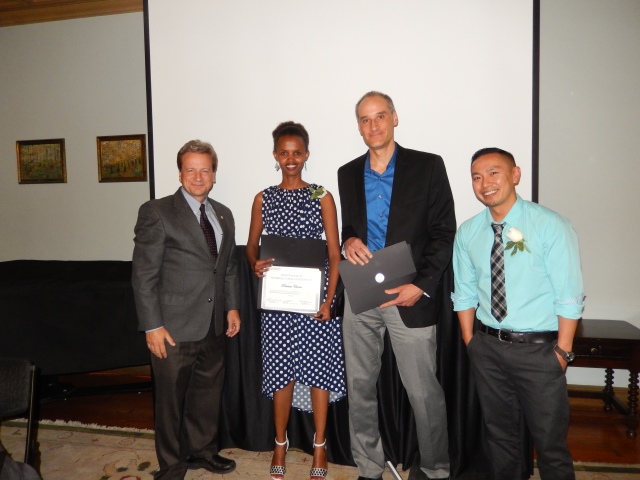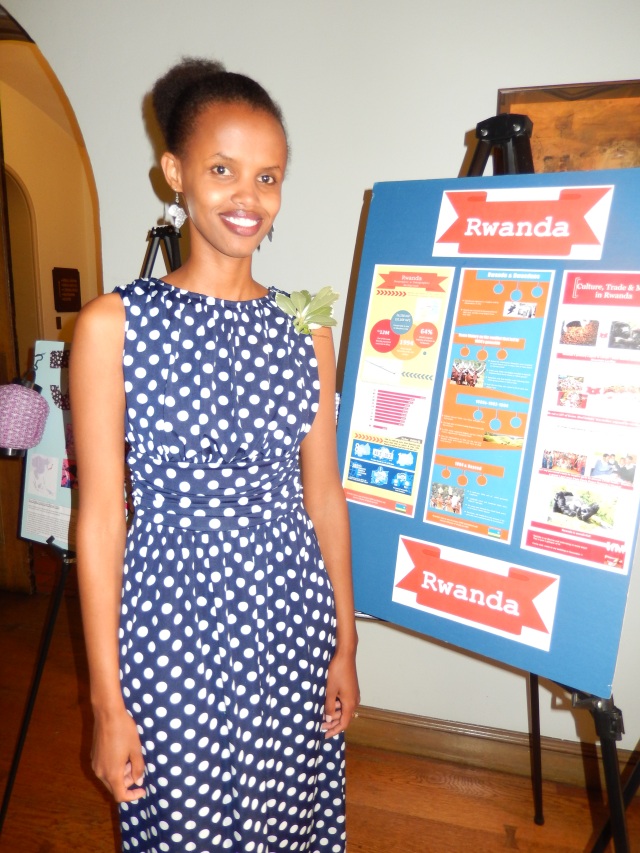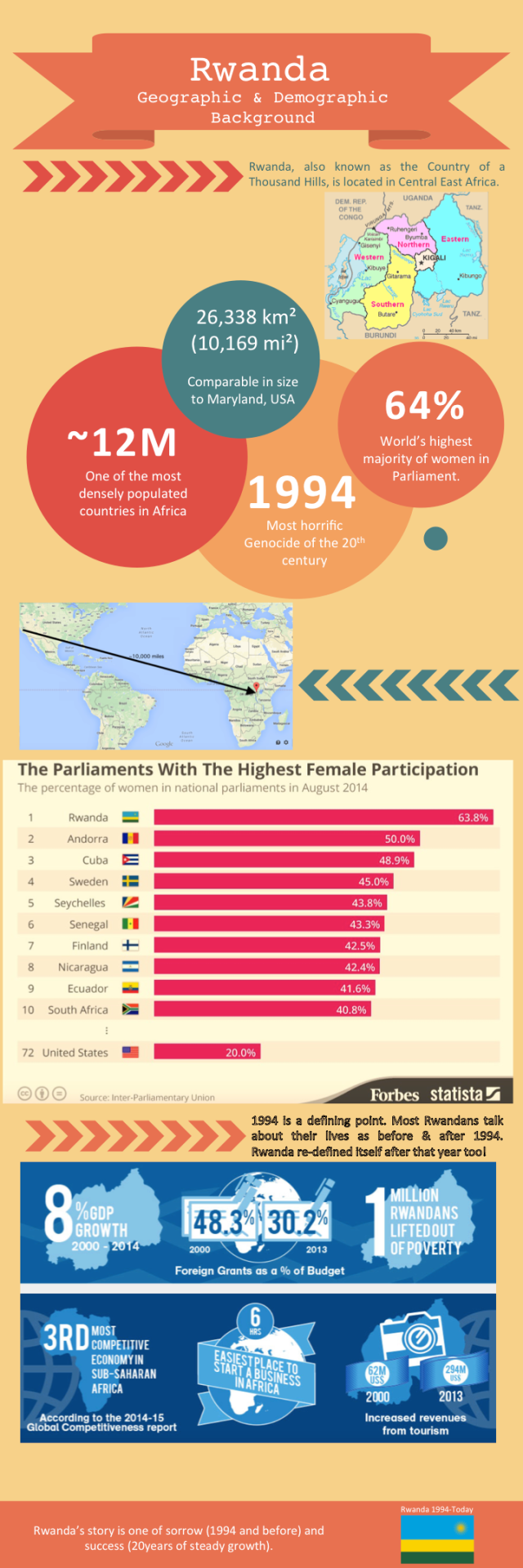The last week of the Intercultural Leadership Initiative course
My journey studying intercultural leadership through ILI has come to an end with our commencement that took place on Tuesday May 5th. Saying that this adventure has been a very enjoyable ride is an understatement! Like I had predicted when I started blogging about the ILI experience, time has flown by– it is almost unbelievable that this week was the last time we were meeting!
Also, the fact that I did not keep my promise of blogging about my ILI experience weekly, since March, speaks volumes about how busy this period has been at Berkeley in general. With assignments and projects to complete, both in school and at work, it felt almost impossible that this time would come. To be honest, at some point, I even contemplated the idea of dropping out of the ILI course, because I was just overwhelmed by the amount of work I had to accomplish! Therefore, before I give you a glimpse into what I learned through ILI this past semester, I would love to share the reason I took this course, which is the same reason that kept me going even when it was the toughest: representing!
When I applied to take the course, the idea of connecting culture and leadership was just appealing to me. At different points in my life, I had learned and/or experienced those two concepts separately, and I hadn’t formally learned about them together. From the beginning, I knew I was going to learn a lot by taking the course, but little did I know I would complete it transformed. What I am about to say might sound too cliche, but thanks to this course, I learned a lot about myself and the world!
There is an even more important reason, though, why I took and stayed in the Intercultural Leadership Initiative class of Spring 2015! As you might recall from my previous blog posts, various countries were represented in our cohort. After I joined the class, it became clear to me that I was not taking the class just for myself. I was representing.
For the past two years that I have lived in California, on many occasions, I have found myself in positions, where I had to represent Rwanda, and this one was even more special. I was representing my country in a class composed of people from all over the world! Literally! I like to compare our class to a United Nations mini General Assembly! Our class sessions and discussions were informative in so many ways, and no where far from those famous UN talks :).
One of the component of the program that I enjoyed the most and learned so much from is our “home country presentation” session, where each participant had to present about their country and culture. I have included below an excerpt from my presentation on Rwanda.
Additionally, here is a list of some (fun) facts, in no specific order, from the home country presentations about each of the countries that was represented by a fellow ILIer (that’s what we called ourselves). Note that some of the facts are directly taken from the ILIers’ presentations.
- Australia: I was struck by how multicultural this country is! In Sydney alone, 250+ languages are spoken. Also learned some Australian slang and liked these: ‘howya goin?’ used as ‘how are you?’ & ‘chuck a sickie’ meaning: take a sick day (from work) to go to the beach.
- China: “China used more cement in 3 years (2011 to 2013) than was used by the U.S.A. in the entire 20th century. Also, almost a third of San Francisco’s air pollution comes from China.”
- Germany: Beer is a huge thing in Germany. I was also surprised to hear that some Germans are not so proud of their German identity, and that even Angela Merkel gets embarrassed sometimes when she sees a German flag at an official event.(https://www.youtube.com/v/UQB9A6YhSJg). I wish we had had more time to learn about why this is, and to hear a wider variety of opinions from our other German ILIers.
- Japan: The life style in Japan revolves around seasons (Spring, Summer, Fall & Winter). They have a lot of important celebrations for each season. For example “Spring is the time for ‘hanami’ – flower observing, which also marks the start of the New Year. Thus, the school year in Japan starts in April for all school levels.”
- Korea (Republic of Korea): This was the very first presentation in the class, and something I remember is how young men have to serve two years in the military (mandatory) between high school and college. This is because South Korea has to always be prepared to protect itself from its northern neighbor.
- Netherlands: I already shared about this in a previous post, but it is worth mentioning again: there are more bikes than people in the Netherlands!
- Singapore: foreigners make up 42% of Singapore’s population & this country has one of the three highest percentages of millionaires per capita in the world.
- Taiwan: Described as “the heart of Asia” given its geographic location. I am yet to understand the Sino-Taiwanese relationship, though.
- Thailand: Thailand’s king, Bhumibol Adulyadej, is the longest serving king in the world (in reign since 1946) and his birthday, December 5th, is a national holiday in Thailand. Thai people are always smiling :)
I feel lucky to have learned all this about these countries, directly from their respective native people. That is why ILI was awesome, and I had to blog about it!
Here is a slide from my presentation about Rwanda:
Filed under: Intercultural Leadership Initiative (ILI) Tagged: I-House Life, ILI, Intercultural Leadership Initiative
![]()


